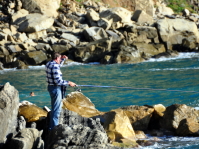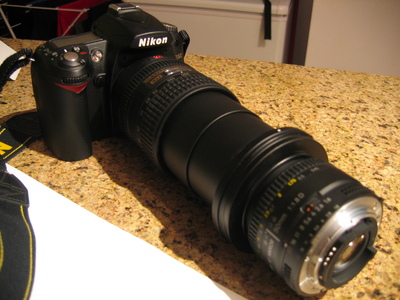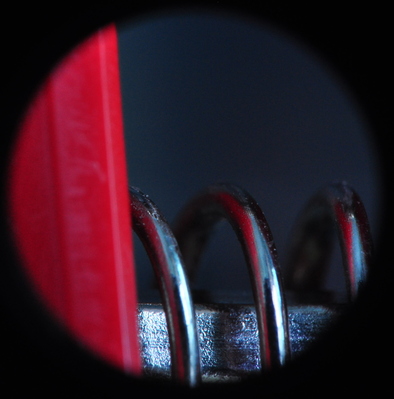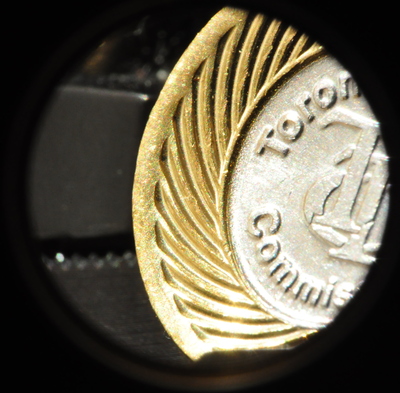One of the things I would like to get is a nice 105mm macro lens for my camera. Unfortunately that lens costs about $1200. That figure isn't actually that big in the world of lenses, however it is big in my personal world so I had resigned myself to not getting one any time soon.
But, lo and behold, it turns out there is a cheap alternative! You can "reverse" a lens to get macro effects. That is, you can mount it on your camera backwards (given a special mounting ring). And, taking it one step further, if you have two lenses you can mount one backwards on the other and then mount the whole contraption on your camera and get even greater macro effects.
I happen to have two lenses, an 18-200mm zoom and a 50mm fixed. So I looked around on eBay and was quickly able to find the two tiny rings of metal I needed to stick my lenses together. The first is a male-male macro coupler, and the other is a step-down ring. Total price: $17 including shipping. Awesome, but would it actually work??
Well I have both pieces now and although I didn't have much time to play with it tonight I was able to confirm that yes, it will work indeed!! The only problem is that there is heavy vignetting due to the difference in size between the two lenses. I think that if my zoom went to 300mm the problem would go away, so I will be keeping my eyes open for a cheap 70-300mm lens in the future.
Macro photography is hard! First of all, the depth of field is almost non-existent. Millimetres matter in terms of camera position. It took me almost an hour to find the distance needed to place an object from the lens in order to get it in focus. Second, lighting is very hard because the camera tends to get in the way and cast shadows on the object. Ideally I'd have a lens mounted ring flash, but that would defeat the "cheap" part of this project. I may be able to rig something up with white bounce cards and my on camera flash though. I could also really use a tripod to better handle the longer exposure times required by the small aperture values needed to compensate for the shallow depth of field. Phew.
Anyway, here are some sample images and a picture of the whole setup taken with my old Canon A80.






